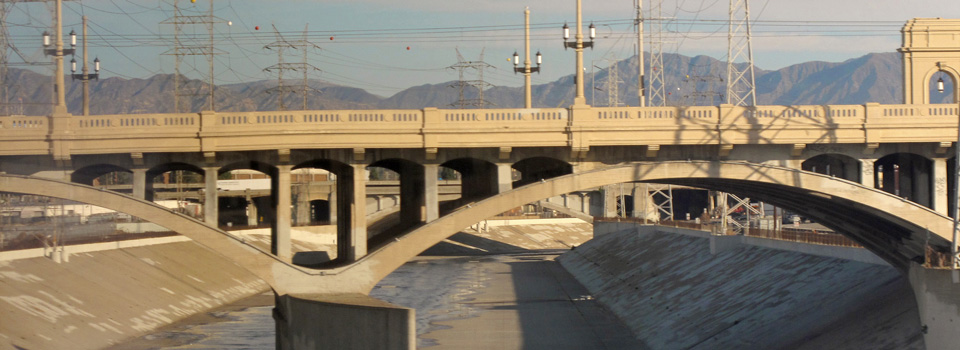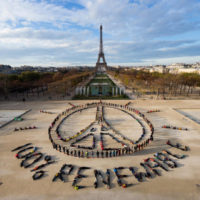
From when I was a boy growing up in nearby Long Beach until I was in my forties, I thought Los Angeles was a soulless city, ugly and mean.
Skies in LA were an eerie, almost indescribable mix of gray and reddish hues. Only after a winter storm or when the summer Santa Ana winds blew could we see the mountains and experience the vastness of the landscape. In 1961, the city rid itself of its wonderful red streetcars that connected downtown with Long Beach and other towns in the county—a complete surrender to the car. When the (then) third largest city in the U.S. couldn’t hold its Ram football franchise, for me that was the last straw;spiritless on top of soulless. “LA,” how apt!
My children moved to Los Angeles when they became adults, and I began to visit them regularly. Over time, these visits have revealed a different LA than I had held in my mind’s eye. Diverse and distinct enclaves like Atwater Village, the neighborhoods of Los Felix, the garment district downtown, the Russian neighborhood adjoining Plummer Park in West Hollywood and Japantown, have shown me a Los Angeles with more depth and interest than I had previously thought possible.
Recently I was with my son having breakfast at an Atwater Village café abutting a golf course that runs along the LA River levee. I noticed a gate open to the embankment built to keep the river in its banks during the leviathan storms that come to the southland during the El Nines. “Let’s go to the river’s edge,” I said to my son. And we did. In the clear, calm Sunday-morning air, we looked down on a scene of tranquil beauty, reeds, willows, and brilliantly plumed mallard ducks splashing in the water.
I’ve long associated the efforts to reclaim the LA River from its concrete geometrical prison as a keystone for LA’s future (next to implementing an effective public transportation system). I have watched from afar the painful efforts at creating a vision for the river, and then the arduous steps made to secure land and money to do the work. Now, at long last, it seems that the leadership from City Hall—prompted by LA River activists—has merged to the point where the transformation can begin. What a triumph it will be when this long-suffering march is over and a living, breathing, and beautiful LA River just IS.
I could imagine that when that happens, Angelenos might find the name “LA” no longer fits and that it reasserts its original name when a river ran through it.
![By matthew.hickey (Flickr: [1]) [CC BY 2.0 (http://creativecommons.org/licenses/by/2.0) or CC BY 2.0 (http://creativecommons.org/licenses/by/2.0)], via Wikimedia Commons](https://paulrelis.com/wp-content/uploads/2016/04/Windmill_Field_outside_Palm_Springs_California-crop-200x200.jpg)


![Pollution Fines. Image By EARTHWORKS (Aliso Canyon leak well pad 1 Credit: Earthworks) [CC BY 2.0 (http://creativecommons.org/licenses/by/2.0)], via Wikimedia Commons](https://paulrelis.com/wp-content/uploads/2016/01/Aliso_Canyon_leak_well_pad_1_Credit-_Earthworks_23594167450-200x200.jpg)

Comments (0)